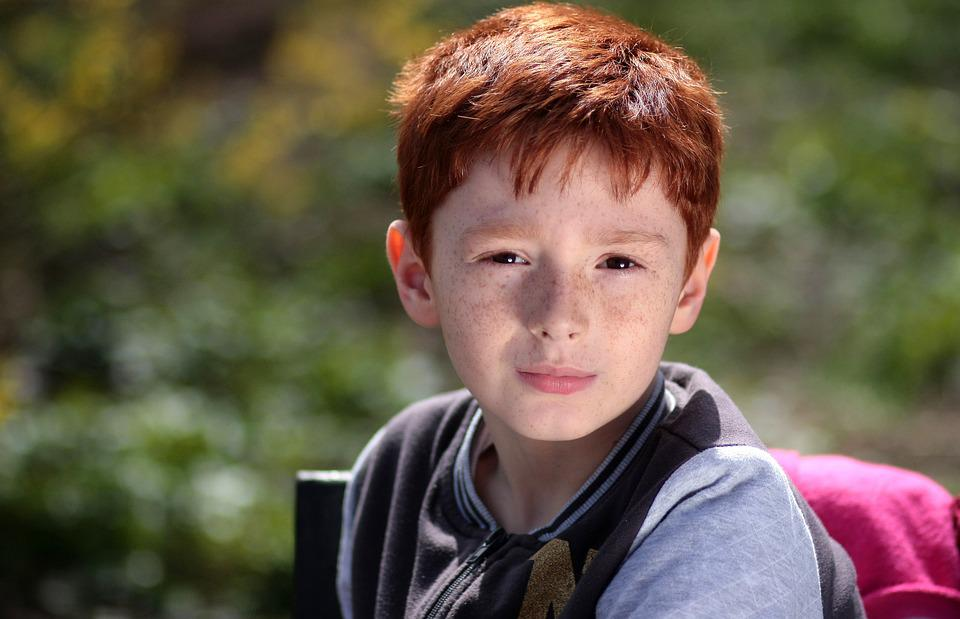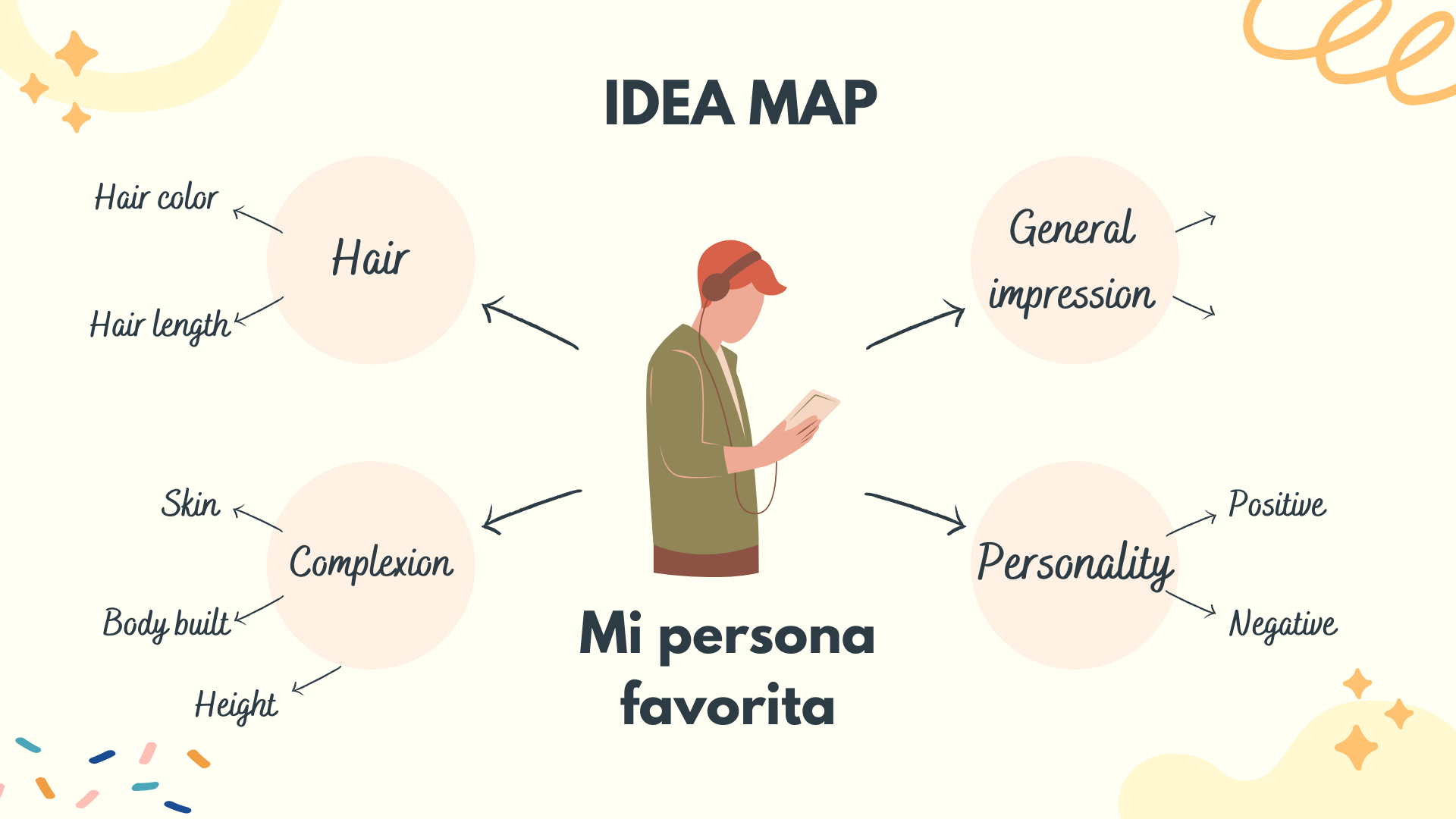9 Adjetivos descriptivos
Emily Frank; Erin Huebener; Handy Acosta Cuellar; Carolina Delgado; Giti Farudi; Yelani Feldman; Isabel Matus; and Jerry Parker
Adjetivos Descriptivos
|
Section Goal: In this section, students will learn how to describe themselves and others using adjectives. |
Vocabulario


| aburrido (bored/boring) | amable (nice) | conservador (conservative) | flaco (thin) | importante (important) | moreno (dark complexion, hair & eyes) | pelirroja (red hair) | rubio (blonde) |
| activo (active) | atractivo (attractive) | difícil (difficult) | gordo (fat) | introvertido (introverted) | negro (black) | pequeño (small/ little) | sociable (sociable) |
| alegre (joyful) | bajo (short in stature) | egoísta (selfish) | grande (big) | inteligente (intelligent) | optimista/pesimista (optimistic/pessimistic) | perezoso (lazy) | trabajador(a/es/as) (hard-working) |
| alto (tall) | calvo (bald) | fácil (easy) | idealista/realista (idealistic/realistic) | interesante (interesting) | paciente/ impaciente (patient/impatient) | rico (rich) | tranquilo (laid-back/ “chill”/ tranquil) |
|
The verb ser is used to describe people. Recall the conjugation of the verb ser in the present tense. It is an irregular verb. Here are some examples of how to use it in context. Example: Mi madre es alta. Mis hermanos son morenos. Yo soy morena. |
Grammar
As you previously learned, adjectives are used to describe nouns. Nouns have grammatical gender and a number. Therefore, the adjective needs to agree with the gender and the number of the noun that it is describing.
Gender in adjectives
- Masculine Adjectives:
-
- O is the most common ending for an adjective that describes a masculine noun
El libro es pequeño.
-
- The adjective pequeño is describing libro, which is a masculine noun. Therefore, pequeño is in its masculine form, ending in -o.
- Feminine Adjectives:
-
- A is the most common ending for an adjective that describes a feminine noun.
La mesa es pequeña.
-
- The adjective pequeña is describing mesa, which is a feminine noun. Therefore, pequeña is in its feminine form, ending in -a.
There are some exceptions to these rules:
- The adjective optimista is used to describe either masculine and feminine nouns, but it ends with an -a.
El profesor es optimista. La profesora es optimista.
- Adjectives that end with an -e or a consonant are neutral: they can be used to describe either masculine or feminine nouns.
El profesor es inteligente y leal. La profesora es inteligente y leal.
- The adjective inteligente, which ends with an -e, can be used to describe either a masculine or feminine noun.
- The adjective leal, which ends with an -l, can be used to describe either a masculine or feminine noun.
- for an inclusive language, use the ending -e for non-binary.
Actividad 9. ¡A escribir!
Instructions: Use the verb ser and adjectives to describe one family member, one friend, and yourself. Watch the video below to hear example descriptions.
Modelo: Mi amiga es alta.
- Un familiar:
- Un(a) amig@:
- Yo:
Actividad 10. Mi persona favorita
Instructions: Step one: In this activity, you will describe a person who is special to you. Use the idea map or the chart below to guide you in the process. Challenge yourself to write additional information in the free space. Share with a partner, using Spanish to describe this person.
Table: Mi persona favorita
|
|
Adjective 1 |
Adjective 2 |
Adjective 3 |
|
Hair |
Hair color |
Hair length |
|
|
Complexion |
Skin |
Body built |
Height |
|
Personality |
Positive |
Negative |
|
|
General impression |
|
|
|
Step two: Use your idea map from step one to write a paragraph (five sentences, minimum) about this person who you know well. Keep it simple and focus on using the Spanish we are currently learning.
_______________________________________________________________________________________________


